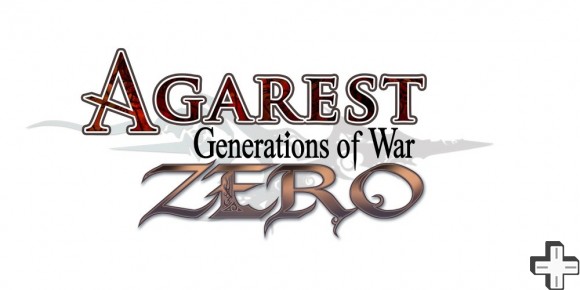
Agarest: Generations of War Zero may not be the most well-known title to spring out of Japan, however it brings to the table it’s own take on the J-RPG by drawing from the styles from games rarely seen in the western world. These elements make for a title that is not short on depth and has a story so involving, it takes an age to fully discover everything.
The game starts the as Japanese anime TV shows – with a 3 minute introduction to all of the main characters synchronised to a catchy pop song that was probably number one in Japan for 8 weeks. Once the title sequence is over, the game starts rapidly. The game is a prequel, set 1000 years before the events in Agarest: Generations of War. The battle between Light and Dark forces is fierce. Seighart is a commander in the Light army and is tasked with protecting a strange young girl named Mimel. As the game progresses, it becomes clear that Mimel is not all she seems.
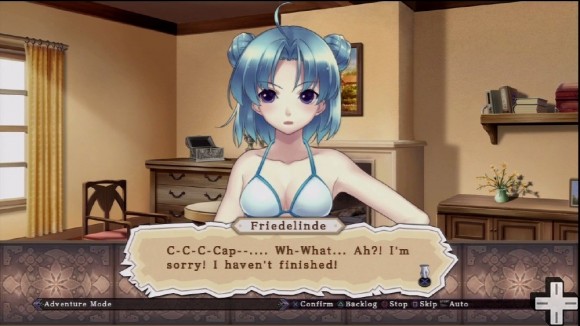
As with all RPG games, the main story is not just the main point of interest. Agarest also allows Seighart to actively pursue members of the opposite sex who are in the party. This may seem like a welcome distraction to war, but the clue to why this is important is in the title. Generations. The game is split into two sections. One is Seighart’s story. The other is his offspring’s. There is no right or wrong woman to woo, and who is chosen is determined by key decision making in the game. The progression to the next generation is a welcome change that keeps the story fresh and constantly moving.
The way the game plays is different to more westernised games such as Final Fantasy. In Agarest, towns and maps are not explored in the traditional sense, instead points are referenced and are clicked into. This means instead of walking aimlessly into a stranger’s house, the town is presented in a menu style. It is a simple case of selecting one of the many guilds or the all important item shop. It is a good way of trimming the game to providing the essentials, however not exploring the nearby town was one disappointing feature in the game.
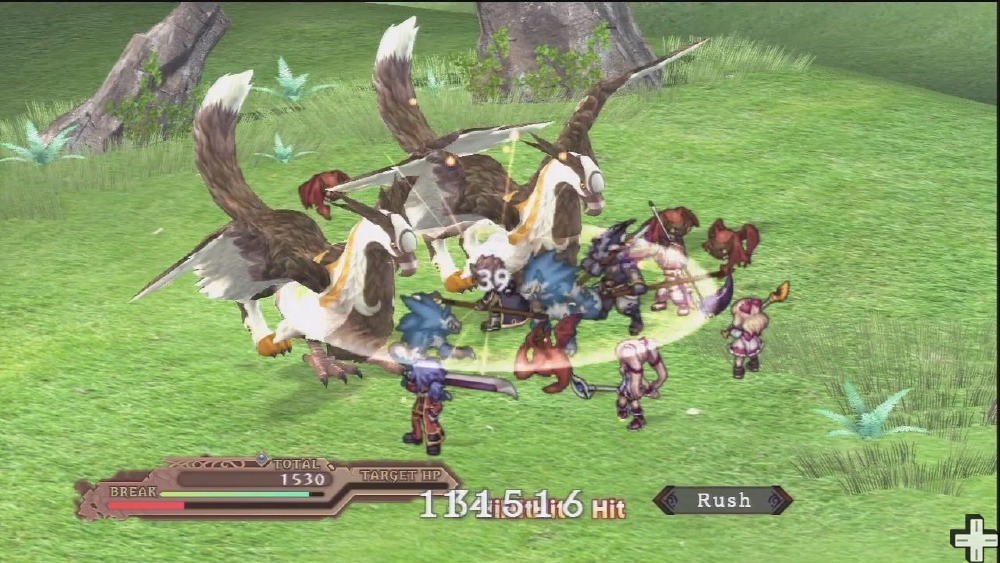
This was long forgotten when the battles commence. Battles are what sets Agarest apart from other RPGs. Like games of chess, the system works by carefully moving the piece into place, striking a balance so that attacks can be dealt while all the time protecting characters. Fans of the genre can draw conclusions that the encounters are comparable to Shining Force on the Mega Drive. It does expand on what Shining Force created many years ago with the inclusion of AP points. These points actually let Seighart and his cohorts uses skills they have gained. As battles draw on, combinations between characters can be created making for a stronger army.
It can take a while to get used to all the information and statistics that a battle throws out, time that could have been spent exploring towns. Once a clear understanding of the action system is gained then it does shift the focus back to the story as opposed to getting frustrated killing one Orc. Even less irritating is the exclusion of random encounters. The map is laid out and it is a case of moving from one square to the next. The word “event” appears every few squares or so, signifying either a battle or piece of story. The former being the most common.
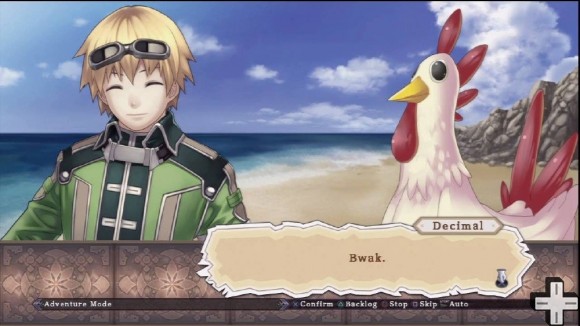
From the battles, to the non-towns, Agarest: Generations of War Zero is presented in a unique way. All of the scenery is rendered in the usual 3D style. When the characters are in story mode they are a unique mix of computer graphics coupled with anime stylings. The result is a polished character that still retains a hand-drawn style. They are lipped synced to real voice acting and what’s more is that they breathe. This does lead to some comical breast inflations from the females of the game, but what anime wouldn’t be complete without obvious animations saying “look at my boobs?”
What is strange about the art style is that in the background to the speech scenes or any of the in game cut scenes and even the battles themselves, is that they are presented like old two dimensional games such as Secret of Mana on the SNES. At first this seems lazy and hard to get used to but when the gravity of how big this game is hits, it makes sense that it is not just a throwback to games of old – it is in fact an attempt to preserve space for factors such as dialogue, story and sheer length of the title.
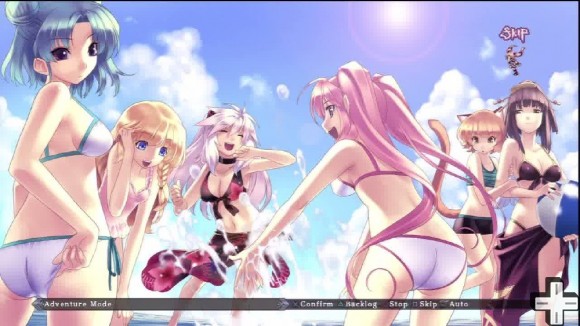
The box of the game states that this is an 80 hour game. To master the battle system and to fully complete the game, including all of the trophies will take longer. This again is a welcome change because that is how long games should last compared to the money that is paid out. Recently, games have been made shorter in length but the price has stayed the same.
Agarest: Generations of War Zero is a great game. It has a story that flows well and never takes itself too seriously. It has adapted ideas from RPGs of old and brought them to a new audience. The battle system – once mastered is brilliant, however mastering it does take time and patience and may not be the title for those who struggle with the RPG genre. The lack of exploration in towns is disappointing but considering the game lasts until the end of time itself, it is a begrudging but welcome sacrifice. The cherry on top is the change of character, passing the story from generation to generation.

